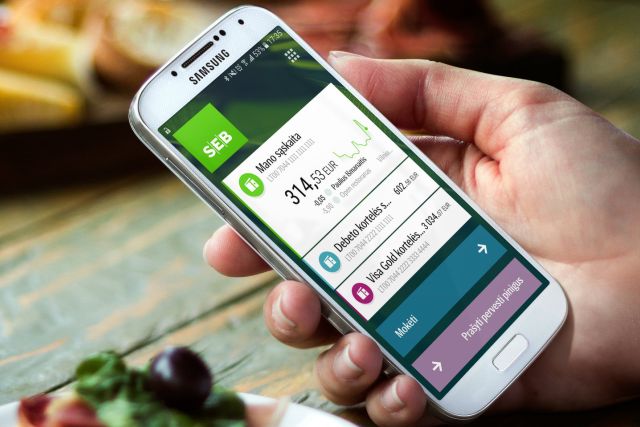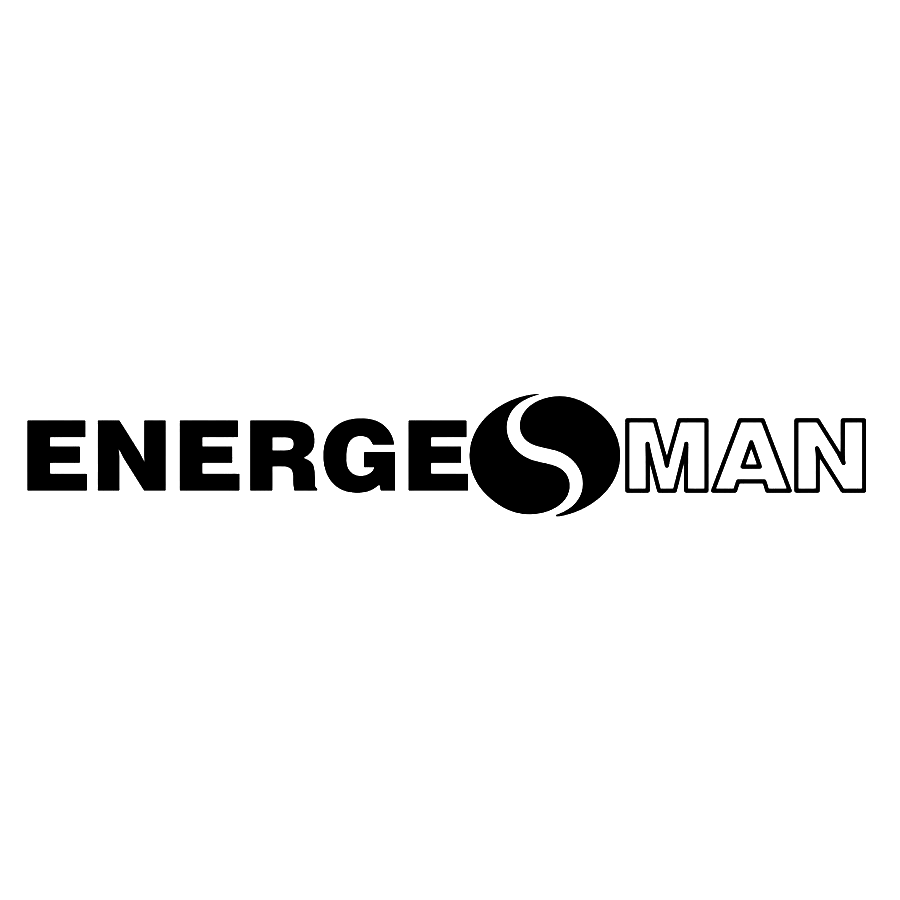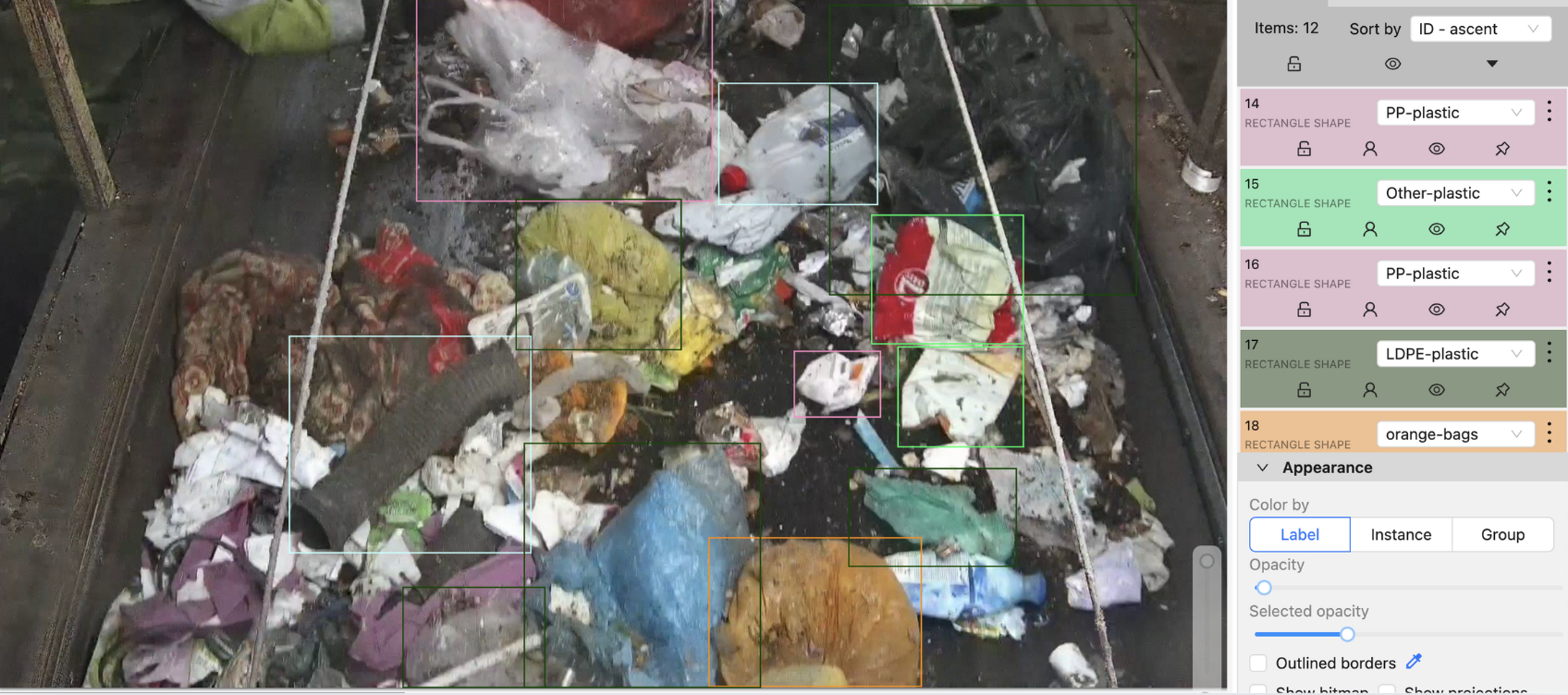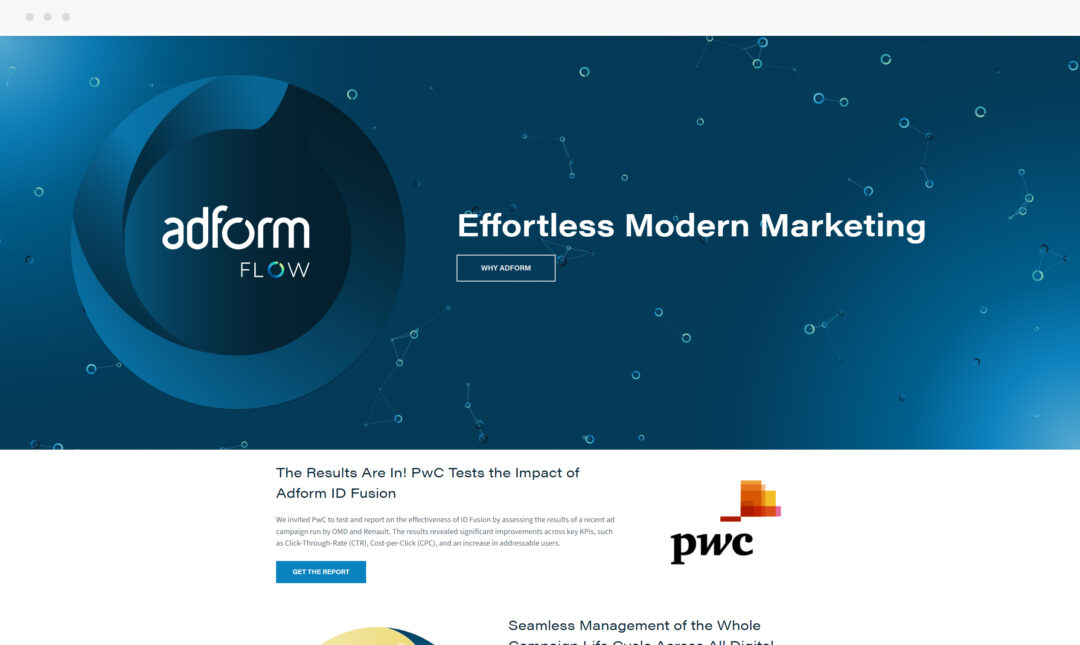SEB

Inefficient software delivery
SEB’s user-facing domain was developed by five separate teams, each with its own testing strategy, tools, and practices. This fragmentation led to duplicated tests, inconsistent quality, and wasted effort. Integration testing was heavily UI-driven and dependent on shared environments, which created fragile bottlenecks: when one team introduced an issue, all others were blocked. To ensure timely and reliable delivery, SEB needed a trusted partner who could establish a common testing strategy and align all teams under modern QA practices.

On-going works
Softeta discovered that anticipating future needs, such as upcoming regulatory requirements, helps keep the automation framework adaptable. SEB and Softeta continue to partner on enhancing the bank’s payment platform and exploring new features. As the relationship matures, Softeta will help SEB expand the strategy and framework to other departments, adopt component testing more broadly, and integrate testing into GitHub pipelines. AI-driven testing capabilities are also part of the roadmap. The partnership continues to support SEB’s innovation goals and stands as a testament to Softeta’s ability to deliver real business value in complex, regulated environments.

Building a modern QA automation framework

Softeta designed and implemented a robust test automation framework based on a unified toolset of TypeScript, Playwright, and C# with Reqnroll. This aligned with SEB’s technology stack while simplifying collaboration across all five teams. Major improvements included CI/CD integration, Behavior-Driven Development (BDD), refactoring the test strategy, code quality practices, centralised test data and enhanced security.
Technologies used:
 Typescript
Typescript
 c#
c#
 Playwright
Playwright
 Reqnroll
Reqnroll
Results
- 1 Unified strategy and tools. 5 teams were aligned under a single QA automation strategy, reducing duplicated effort and inconsistencies. The adoption of a modern, consistent toolset streamlined collaboration.
- 2 Reduced reliance on fragile shared environments. By shifting testing away from UI-heavy shared setups to component-level tests with mocked dependencies, teams became more autonomous. This change cut environment-related delays and enabled faster feedback loops.
- 3 Better fit for microservices. The introduction of component tests ensured services could be validated independently. This strategy matched SEB’s microservices architecture and reduced dependency between teams.
- 4 Time savings from scalable automation. A single cross-team E2E framework replaced duplicated end-to-end tests in each team, saving an estimated 10% of overall test development time. The framework is initially maintained by Softeta QA but involves all teams, with the long-term goal of shared ownership.
- 5 Cost efficiency of early bug detection. Catching defects in component tests is significantly cheaper than finding them late in end-to-end tests or production. Industry benchmarks show it can cost up to 70-80% less to fix a bug at the component stage. With component tests now forming the foundation, the majority of issues are detected in development before integration.
- 6 Focused end-to-end coverage. Softeta and SEB jointly designed 40 carefully selected end-to-end tests covering the most critical business flows. These tests benefit not only the five delivery teams but also at least 10 other teams that depend on those shared functionalities. This ensures that critical customer-facing features remain stable across the wider organisation.
- 7 Quality guardrails. Component tests now catch the majority of defects early in the development cycle. E2E tests continue to play a critical role, still identifying at least two bugs per week as a final safeguard across end-to-end business flows.







